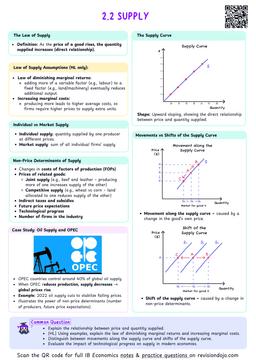Understanding how markets and governments can promote development is crucial for evaluating economic policies.
Market-oriented approaches
These strategies rely on free market mechanisms to drive growth and development. Their key components are:
- Deregulation of markets
- Privatization of state enterprises
- Trade liberalization
- Flexible exchange rates
- Reduced government intervention
- Chile's market reforms in the 1970s–80s:
- Privatised state companies
- Opened trade barriers
- Result: Became one of Latin America's strongest economies
- But: Initially faced increased inequality and unemployment
- Strengths:
- Promotes economic efficiency
- Attracts foreign investment
- Encourages competition
- Reduces government spending
- Increases consumer choice
- Limitations:
- May increase inequality
- Can neglect public goods
- Might ignore environmental costs
- Often overlooks social welfare
- Can lead to market failures
- Students often assume market-oriented approaches mean zero government involvement.
- Actually, they require government to maintain legal frameworks and protect property rights.
Government intervention
Let's examine how direct government action can shape economic development. Its key components are:
- Public infrastructure provision
- Education and healthcare systems
- Environmental regulations
- Industrial policies
- Income redistribution


